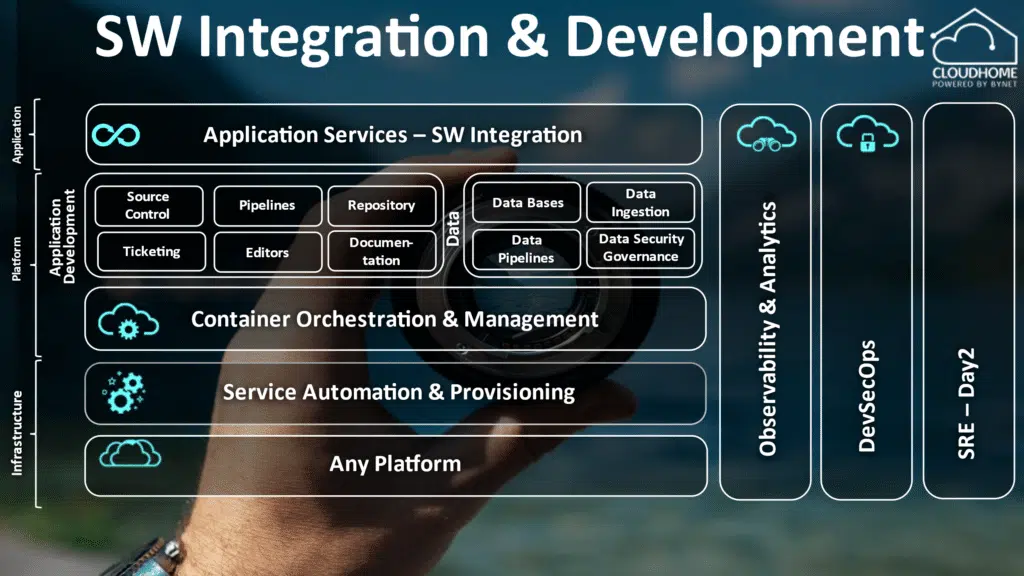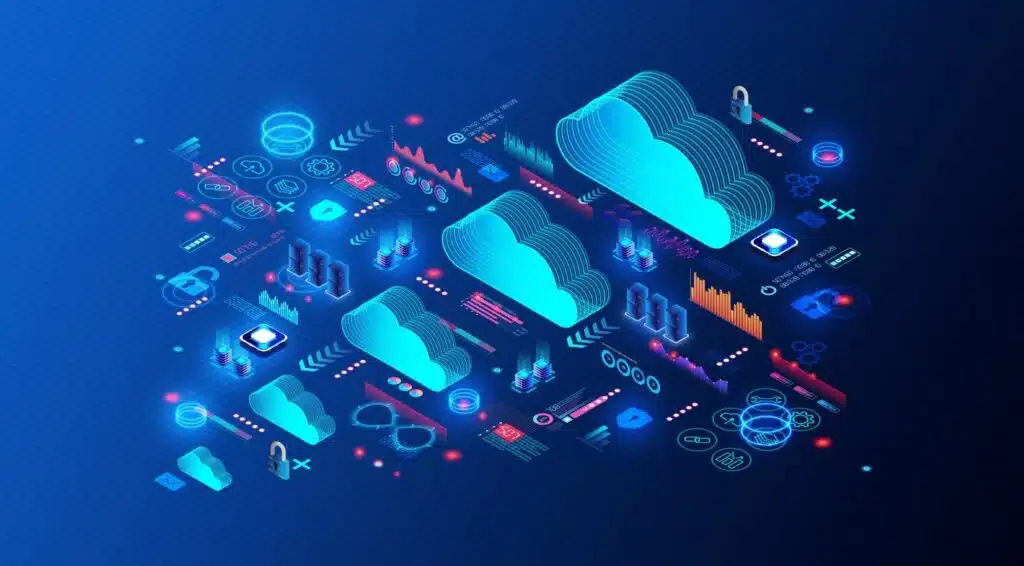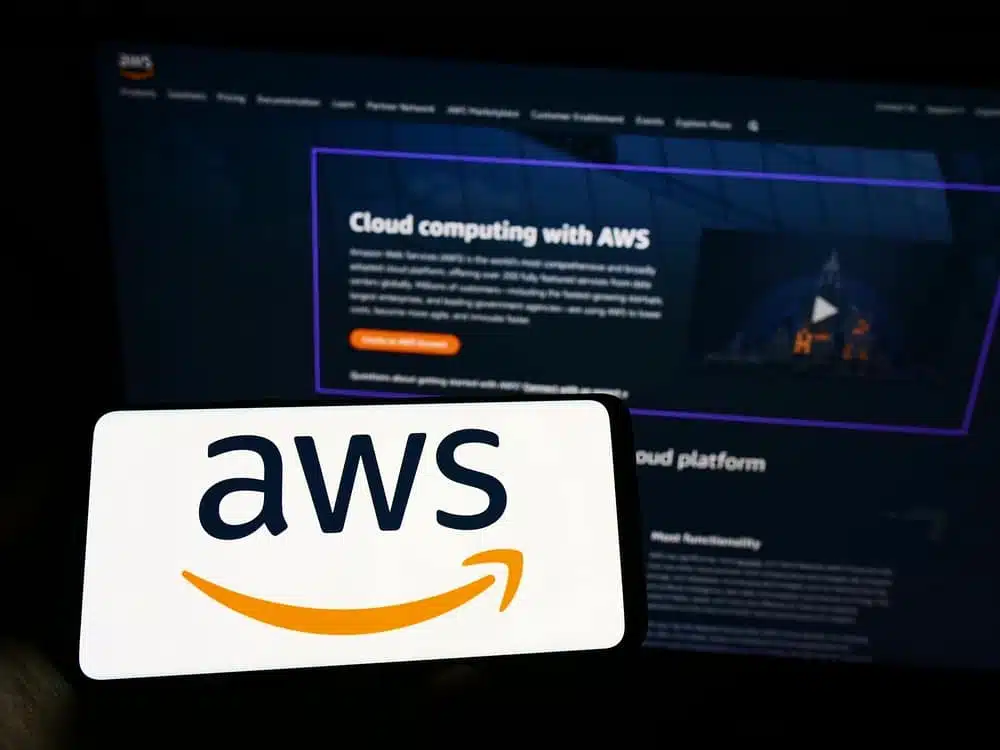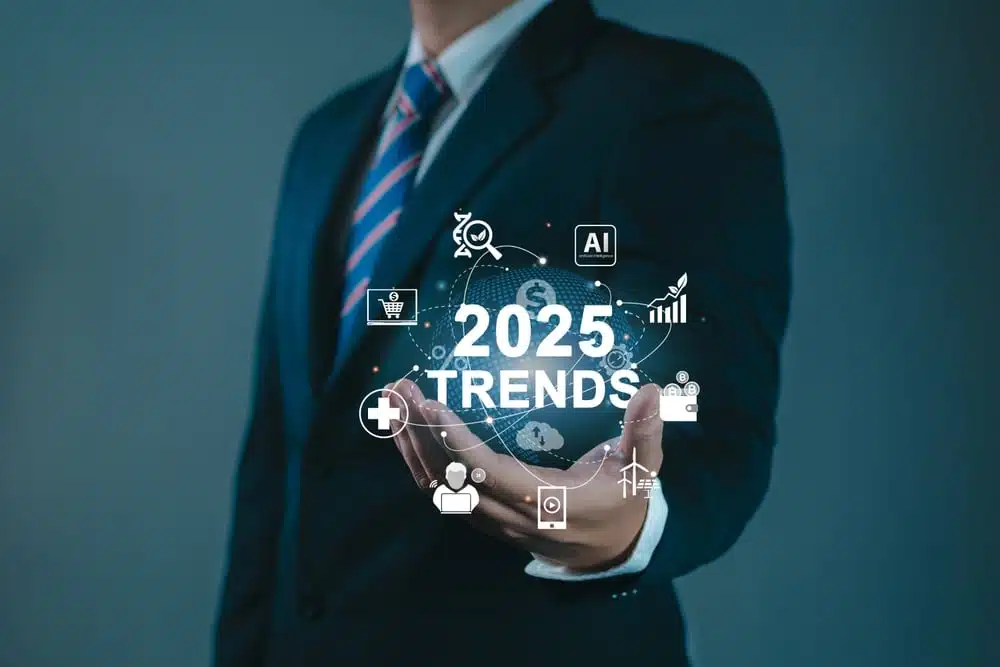
Modern Techniques and Tools for Legacy Software and Data Modernization
As businesses continue to rely on technology to run their operations, keeping software and databases up to date becomes increasingly important. Legacy software and databases can be difficult to maintain, and their complexity can make it difficult to update or modify them to meet new business needs. This is where modern techniques and tools for legacy software and data modernization come into play.

The market for legacy software and data modernization is expected to expand significantly in the coming years. According to Gartner, the global application modernization services market will grow from $8.8 billion in 2019 to $16.4 billion in 2024. In response to rising demand.
Software Modernization
Software modernization involves the use of modern software development techniques and tools to update legacy software to meet current business needs. A detailed gap analysis is the best way to begin the modernization process. This analysis identifies the differences between the current software and the desired end state and outlines the steps required to get there.
Modern software development techniques rely on:
Microservices – A software architectural style that structures an application as a collection of loosely coupled services. This approach makes it easier to develop, test, deploy, and scale individual services independently, making the development process more efficient and effective.
Containers – A lightweight and portable way to package and deploy software applications. This allows the software to be deployed consistently across different environments, making it easier to maintain and manage.
Open-source software – A type of software whose source code is freely available to the public, allowing anyone to use, modify, and distribute it. Open-source software is often free and is constantly updated by a large community of developers, making it a cost-effective and reliable option for modernization.
Low-code development is another modern software development technique that has been recommended. Low-code development enables non-technical staff to create software applications using visual tools and pre-built components. This approach makes it easier to include non-technical staff in the development process, increasing the development team's efficiency.
Another critical aspect of modern software development is platform engineering. Platform engineering entails designing, developing, and managing the underlying infrastructure that supports a software application. This includes the use of cloud computing and other technologies to ensure that the software application is efficient, scalable, and reliable.
Development methodologies such as DevOps and SRE should be implemented to ensure efficient and effective software development. DevOps is a set of practices that combines software development and IT operations to improve the speed and quality of software delivery. SRE, or Site Reliability Engineering, is a set of practices that ensure the dependability, scalability, and efficiency of software applications.
Data Modernization
Another critical component of legacy software modernization is data modernization.
OLTP and OLAP modernization are two critical aspects of data modernization.
OLTP, or Online Transaction Processing, is a type of database system used to process transactions such as purchases or reservations. OLAP, or Online Analytical Processing, is a technique for processing large amounts of data for analytical purposes.
Another important aspect of data modernization is the use of data pipelines and data lakes. Data Pipelines are a set of processes that move data from one location to another within an organization, typically from source systems to target systems. A data lake is a large, centralized repository that houses all of an organization's structured and unstructured data. Data lakes are intended to make it easier for businesses to store and analyze large amounts of data, making it easier to identify trends and insights that can help drive business decisions.
Democratization of Software Development
One of the key focuses is the democratization of software development. This approach involves making software development available to a broader range of people within an organization. Organizations can improve the efficiency and effectiveness of the development team by involving non-technical staff in the development process, allowing them to develop software faster and more efficiently.
Organizations should use modern software development tools and techniques that are designed to be accessible to a wide range of people to achieve this. Low-code development tools, for example, enable non-technical staff to create software applications using visual tools and pre-built components. In this way, we are democratizing software development.
Modern Software Development Lifecycle
Planning, design, development, testing, deployment, and maintenance are all stages of the modern software development lifecycle.
As previously stated, the planning stage involves conducting a detailed gap analysis to identify the differences between the current software and the desired end state. This analysis is used to create a modernization plan that outlines the steps required to get there. The architecture and infrastructure of the software application are designed during the design stage. Choosing the appropriate technology stack, designing the software architecture, and developing the underlying infrastructure are all part of this process.

The development stage involves writing the code for the software application. To improve efficiency and effectiveness, modern software development techniques such as microservices, containers, and low-code development are used.
The testing stage involves testing the software application to ensure that it is functioning as intended. This includes unit testing, integration testing, and acceptance testing.
The deployment stage involves deploying the software application into production. Modern software development tools like DevOps and SRE are used here to ensure that the deployment is efficient, reliable, and scalable.
The maintenance stage involves ongoing maintenance of the software application, such as bug fixes, security updates, and performance enhancements. This is where modern software development tools and techniques, such as cloud computing and data lakes, are used to ensure that the software application is efficient, reliable, and effective.
Modern DevOps tools and vendors
Modern DevOps tools and vendors play a critical role in the software development lifecycle.
To become a Cloud-Native organization and maximize business value with modern applications, organizations should consider using a variety of modern DevOps tools and vendors, as well as open sources, such as:
DevOps Platforms – RedHat OCP and VMware Tanzu are two leading DevOps platforms that enable businesses to deploy and manage containerized applications in a scalable and efficient manner. These platforms help businesses to achieve greater agility, scalability, and reliability in their software development processes.
Software Workflow Development Management – JFrog and GitLab are two leading DevOps tools that help businesses to manage their software development workflows efficiently. JFrog is a platform that enables businesses to manage their software binaries and dependencies, while GitLab is a code repository and collaboration platform.
Development Project Management &Teams Collaboration – Atlassian Products, including Jira, Confluence, and Bitbucket, are widely used in software development teams worldwide. Jira is a project management tool that helps teams plan, track, and manage their software development projects. Confluence is a collaboration tool that enables teams to create, share, and collaborate on documents, while Bitbucket is a code repository and collaboration platform.
Public Clouds Development Landscape – Public clouds, such as Azure, AWS, and GCP, provide a range of development tools and building blocks that help businesses to develop and deploy software applications in the cloud. These tools and building blocks include compute, storage, data, and networking services, as well as DevOps tools and frameworks.
Public cloud providers like Azure, AWS, and GCP offer a wide range of development tools and building blocks that enable organizations to develop, deploy, and manage applications in the cloud. CloudHome DevOps and Software Integration BU leverages these tools and building blocks to help customers modernize their software and data and migrate to the cloud.
Azure offers a wide range of development tools and services, including Visual Studio, Visual Studio Code, Azure DevOps, and Azure Kubernetes Service (AKS). Visual Studio and Visual Studio Code are powerful integrated development environments (IDEs) that provide developers with advanced features such as code debugging and profiling, code refactoring, and unit testing. Azure DevOps is a cloud-based service that provides end-to-end software development and deployment capabilities, including source control, build and release pipelines, test management, and application monitoring. AKS is a managed Kubernetes service that simplifies the deployment and management of containerized applications.
AWS provides a suite of tools and services for building, deploying, and managing applications in the cloud, including AWS CodeCommit, AWS CodeBuild, AWS CodeDeploy, and AWS CodePipeline. AWS CodeCommit is a fully-managed source control service that provides secure and scalable hosting for private Git repositories. AWS CodeBuild is a fully-managed build service that compiles source code, runs unit tests, and produces deployable artifacts. AWS CodeDeploy is a fully-managed deployment service that automates code deployments to Amazon EC2 instances, on-premises instances, and serverless Lambda functions. AWS CodePipeline is a fully-managed continuous delivery service that automates the release process for software updates.
GCP offers a wide range of development tools and services, including Cloud Source Repositories, Cloud Build, Cloud Deployment Manager, and Kubernetes Engine. Cloud Source Repositories provide a private Git repository hosted on Google Cloud Platform. Cloud Build is a fully-managed build service that automatically compiles source code and produces deployable artifacts. Cloud Deployment Manager is a fully-managed deployment service that automates the deployment and management of infrastructure resources on GCP. Kubernetes Engine is a managed Kubernetes service that simplifies the deployment and management of containerized applications.
In addition to these tools and services, Azure, AWS, and GCP offer a wide range of applicative building blocks that simplify the development of modern cloud applications. These building blocks include serverless computing, machine learning, AI, data lakes, data analytics, and more. By leveraging these building blocks, organizations can accelerate their software development process and gain a competitive edge in the market.
Code Security and Open-Source Vulnerability Prevention – Both are critical aspects of modern software development. Synopsis is a leading provider of code security and open-source vulnerability prevention tools, which help businesses to identify and mitigate security vulnerabilities in their software applications.
Cloud Data & Integration Platforms – IBM CP4i and CP4D are two leading platforms that enable businesses to develop and deploy cloud-native applications and data solutions. CP4i is a platform that helps businesses to develop and deploy cloud-native integration solutions, while CP4D is a platform that helps businesses to develop and deploy cloud-native data solutions.
How CloudHome can assist you in your Modernization Journey?
Modernization of legacy software and data is an important aspect of business operations. CloudHome DevOps and Software Engineering BU provides a comprehensive suite of modernization services to assist customers in transitioning from legacy software to a modern, cloud-ready software and data stack. CloudHome is helping to create a more agile, efficient, and effective software development process by utilizing modern software development tools and techniques such as microservices, containers, low-code development, and platform engineering. CloudHome has more than 70 DevOps and modern cloud software developers on staff to help customers navigate the complex world of modern software development and data modernization.
CloudHome DevOps and Software Engineering Business Unit uses a range of modern DevOps services vendors and tools to help dozens of customers migrate their legacy software and databases to the modern cloud software world, with expertise in implementing and using:
★ RedHat OCP and VMware Tanzu to migrate legacy software data to modern platforms.
★ JFrog and GitLab to manage software development workflows effectively.
★ Atlassian Products to manage software development projects and collaborate more effectively.
★ Cloud development tools and building blocks to migrate legacy software and data to modern cloud software stacks.
★ Synopsis tools to ensure the security and reliability of software applications.
★ IBM CP4i and CP4D to develop and deploy cloud-native applications and data solutions.
For those organizations that prefer relay on open-source, CloudHome DevOps and Software Engineering BU provides 24/7 follow-the-sun open-source product support in development and production environments. This support ensures that organizations can receive help and support at any time, regardless of their location or time zone. CloudHome is a direct distributor of these vendors and holds the highest level of professional certifications for each vendor. Additionally, we provide our customers with follow-the-sun open-source product international support, ensuring that customers receive help and support wherever they are located.






